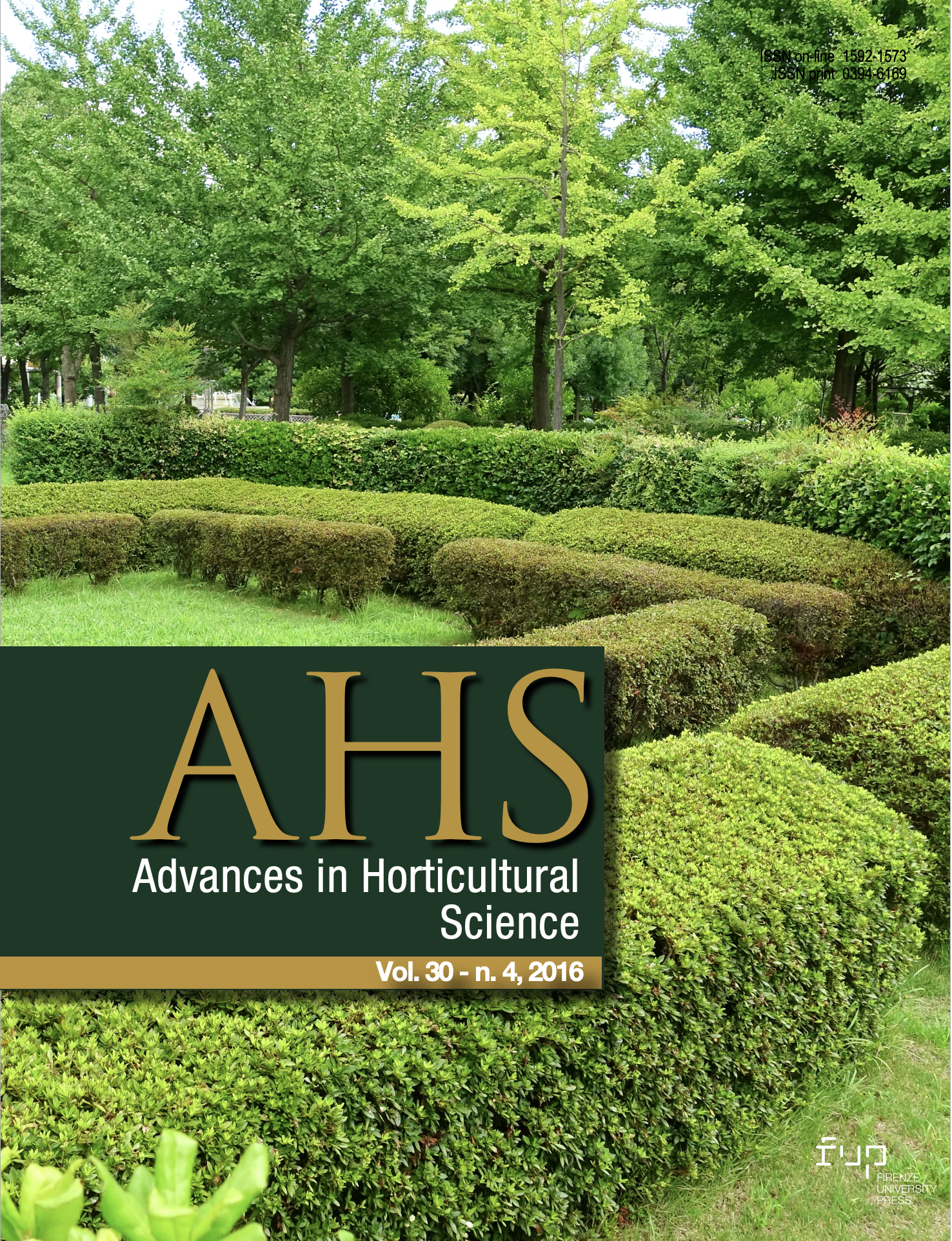Abstract
The Afghan economy is based essentially on the primary sector and, namely, on fruit production. A cross road of trade along the "Silk route", local traditional fruitculture based on the bagh (home garden) is widely variegated in terms of species and varieties. Afghan fresh and dried fruits (namely raisins) and nuts, sweet and rich in flavors, are demanded by domestic and foreign consumers. The lack of traceability and quality of the propagation material has been considered one of the basic bottle necks hindering development of an advanced horticulture. During the period 2006-2015 the Perennial Horticulture Development Project (PHDP), funded by the EC-EuropeAid Program, has been supporting the Ministry of Agriculture, Irrigation and Livestock of Afghanistan through a process of collection and selection of local fruit varieties in order to improve the private nursery system, as well as perennial horticulture. About 850 accessions of different fruit tree species have been collected and entered into the National Collections at six PHD Centres, where they undergo a standardised characterisation and identification procedure in order to be formally registered in a national list, hence contributing to their safeguard and protection. The best accessions were used as source for a traced propagation system after phytosanitary indexing and also in numerous adaptive experimentations. The PHDP contributed in capacity building at technical and institutional level, fostering the establishment of nursery sector associations, providing expertise and developing the Afghanistan National Nursery Growers Organization (ANNGO) and the apex Afghanistan National Horticulture Development Organization (ANHDO), mainly concerned with value chains.






